Growing lettuce is one of the easiest ways to begin your gardening journey. They grow for about a couple of weeks which allows you to enjoy fresh and crisp lettuce leaves for your salad right from your garden. Learn the proper ways on how to harvest lettuce so it keeps growing and enjoy greens longer throughout the seasons.
Harvesting techniques depend on the variety of lettuce that you have. Before we head on and share some harvesting practices, it’s best to learn more about the types of lettuce.
If you’ve been going to the supermarket a couple of times every month, you may notice different types of lettuce with varying colors. The two common classifications of lettuce are head lettuce and loose-leaf lettuce.
Classification of Lettuce – How To Harvest Them & Keep Them Growing
Lettuce is a cool-weather vegetable that is often harvested before they mature. It is an annual plant and takes around 65 to 140 days to become fully mature. Some varieties of lettuce are known for their edible and crunchy leaves.
However, some varieties are grown for their seeds and stalks. Due to these features, not all lettuce varieties will grow back when you cut them, so it’s essential to know more about them before you harvest the leaves.
Check out the varieties or cultivars of lettuce below to know which one can grow back and those that are not:
1. Leaf lettuce or Bunching Lettuce Varieties

Looseleaf lettuce varieties are the type of lettuce that grows back when you harvest them.
As long as the temperature remains cool and crisp, they will continue to produce leaves until they start with the bolting phase which will turn the sweet and crisp leaves into bitter ones.
Some of the common looseleaf varieties are as follows:
- Lactuca sativa varieties
- Crispa
- Heirloom
- Romana
- Prizehead
- Merlot looseleaf lettuce
- Lingua di Canarino lettuce
- Black-seeded Simpson lettuce
Red leaf lettuce is another type of lettuce that is considered under this classification. The cultivars under this type of lettuce are as follows:
- Lollo Rossa
- New Red Fire Lettuce
- Red Sails Lettuce
- Redina Lettuce
- Galactic Lettuce
- Benito Lettuce
2. Head Lettuce Varieties
Head lettuce varieties, on the other hand, form heads of crunchy leaves that die back when harvested. Due to their appearance, they are often mistaken as cabbage.
Types of lettuce under this classification are the following:
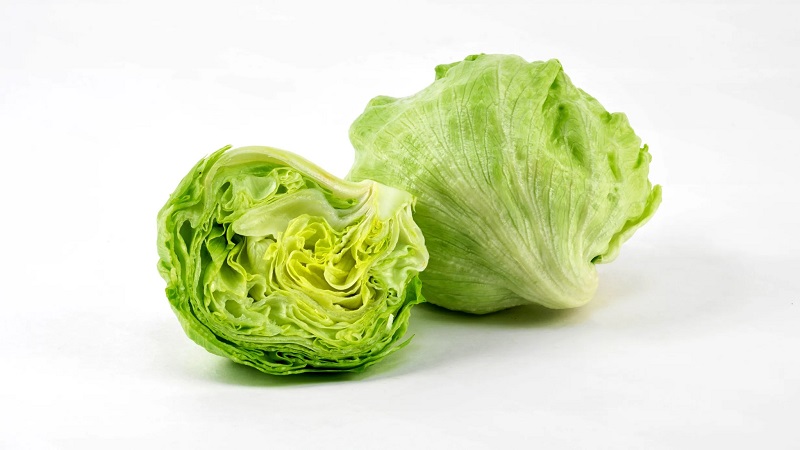
- Romaine lettuce
- Iceberg or crisphead lettuce
- Butterhead
- Salinas
3. Summercrisp
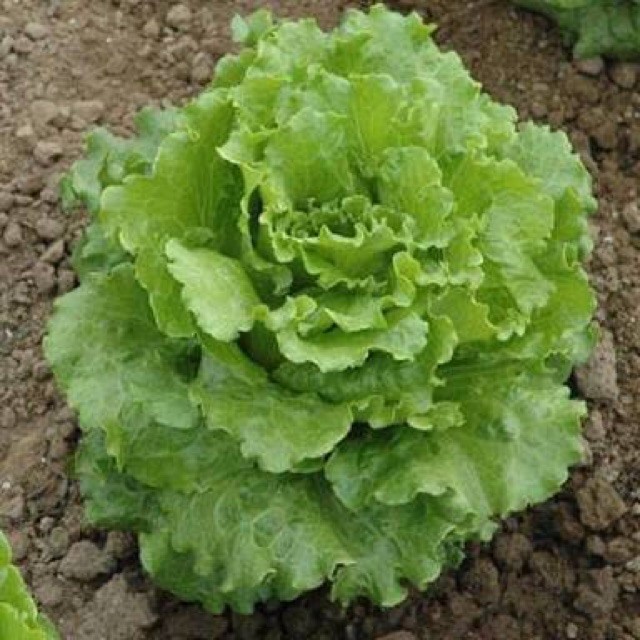
Summercrisp lettuce is a combination of looseleaf lettuce varieties and head lettuce varieties which grows larger than the other varieties.
It is also a favorite of some gardeners since it is bolt-resistant and flavorful. It also regrows after several harvests and you may also have an option of waiting for it to fully mature and cut the whole head.
4. Cettuce
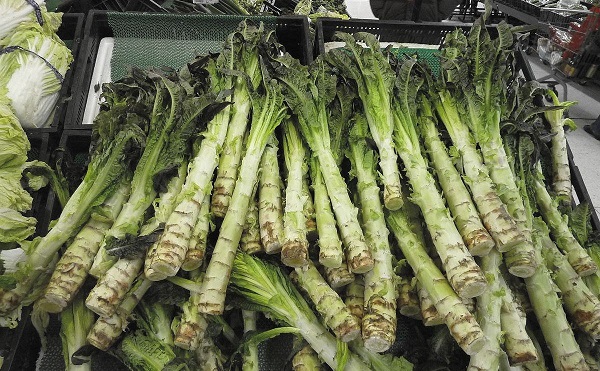
Cettuce is a hybrid between lettuce and asparagus. Instead of its leaves, it is popular for its delicious seed stalk. It is a common ingredient in creamy soups in China and Taiwan. It is known for a lot of names, such as:
- Stem lettuce
- Celery lettuce
- Asparagus lettuce
- Chinese lettuce
- Wosun (萵筍; 莴笋; wōsǔn)
- Qingsun (青筍; 青笋; qīngsǔn)
How To Harvest Leaf Lettuce To Keep It Growing
Now that you know the types of lettuce that grow back, it’s now time to know the harvesting techniques to keep them giving you more leaves.
Check out the direction below:
(1) As soon as the leaves of the lettuce reach about 2 to 6 inches after 3 weeks, you may start harvesting them.
(2) With pruning shears, cut the leaves 1 to 2 inches above the crown or its main stem. Leaving a few inches in the crown allows the plant to regrow a new one after several weeks. However, pruning them right at the crown may discourage the plant to grow a new one.
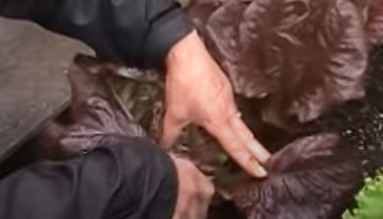
(3) You may cut a few more on the outer layer of leaves if you need them. However, you must leave the young inner leaves so the plant can maintain its plant processes in producing leaves like photosynthesis.
(4) Water the lettuce regularly for the next 2 to 3 weeks and you’ll harvest another batch of lettuce leaves. However, you should expect that they will be a bit smaller than the first set of leaves you got.
(5) Continue to harvest the leaves before the plant starts bolting or begin its flowering phase.
Two of the telltale signs that lettuce is about to start bolting is when the leaves have started to taste bitter instead of sweet and the center becomes elongated which hints at the development of the stalk.
How Many Harvests Can You Get From a Lettuce Plant?
Looseleaf lettuce can provide as many leaves as it can until it starts bolting. The number of harvests varies depending on the varieties you have.
The environment and climate may also affect the yield of your lettuce, so it can be hard to have a definite estimate on the yield.
Bolting and The Bitter Lettuce
Believe it or not, lettuce is part of the daisy family. It produces small yellow flowers during its bolting phase. It is a process wherein the plant is putting all its energy into developing the stalk and gearing it up for bloom production.
Once this happens, the leaves will get bitter and will no longer be a good addition to your salad.
A lot of factors can trigger the bolting process in lettuce like soil temperature and climate. Due to the bolting phase, gardeners and lettuce growers are doing all the techniques they know to delay it as much as they can.
In some cases, they even cut the whole head off after several harvests to take advantage of the leaves before they get bitter.
How To Delay Bolting and Extend The Production of Sweet Leaves
You may control the growing environment of your lettuce to help them keep producing leaves for a long time during the growing season.
Here are some hacks to try:
- Maintain the cool temperatures in a greenhouse: Lettuce relatively grow well in cool temperatures ranging from 61 F to 81 F. If you plant the lettuce in a greenhouse, you can control the temperature and allow them to continue producing leaves and delay bolting.
- Use mulch: Lettuce loves cool and moist soil. So, in-ground lettuce can benefit from mulch to maintain the cool soil temperatures.
- Consider planting heat-tolerant varieties: There are lettuce varieties that do not bolt when under warm or hot temperatures. These include Valmaine and.
- Place a shade over the lettuce: Since lettuce is sensitive to direct sun, its leaves may burn and trigger the development of the seed stalk.
- Try succession planting: Planting lettuce a few days or a week apart can ensure that you will get a consistent flow of harvests throughout the growing season. So, even if the first batch of lettuce starts to bolt.
Benefits of Harvesting Lettuce Often
For head lettuce varieties, the rule is simple. You plant the seeds and wait for them to grow until they mature.
However, when it comes to looseleaf varieties, you have two options. You can either harvest the leaves as soon as they reach a certain height or wait for them to grow well and cut the whole bunch off.
While there’s always good with waiting, harvesting lettuce leaves often contributes to the following benefits:
- Delays bolting: Plants, unlike us, humans take a lot of energy to perform a certain plant process. So, as you continuously pick the mature leaves, the lettuce plant will also reserve all its energy in producing new leaves instead of developing seed stalks.
- Thins up the lettuce: Removing outer leaves that are mature and ready for harvest allows good air circulation in closely planted lettuce plants. It also helps them look cleaner and tidy which prevents the formation of potential fungal diseases and the transfer of pests.
- Encourages new growth of leaves: The best thing about lettuce varieties is they have the cut-and-come-again process which is triggered when you cut off the leaves. So the more leaves you cut, the more leaves develop.
Different Ways of Growing Lettuce
Now that you’ve discovered the joy of growing and harvesting lettuce leaves, you might be thinking of new ways to increase your yield.
You may also think that if multiple harvests are possible, you may start it as a small agribusiness. So, we’ll be sharing some growing setups that can help you grow more and enjoy more lettuce salads for a long time.
Regrowth From Storebought Lettuce
Did you know that you can grow new leaves from the crown of storebought lettuce?
Lettuce is so easy to grow that as long as you keep the crown hydrated, you can still grow new leaves from it.
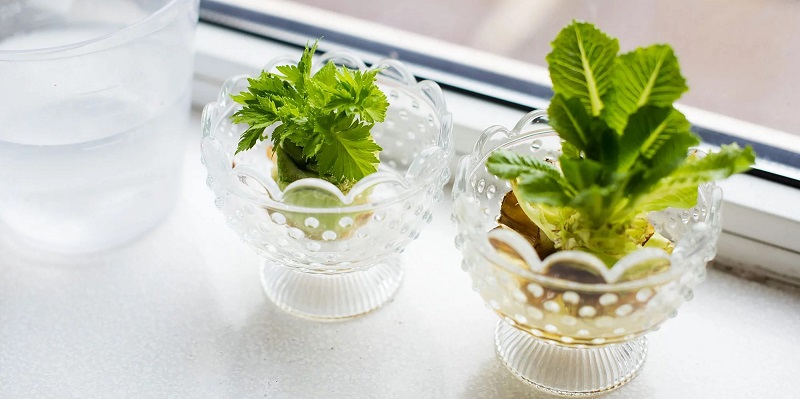
Here’s how you can add the storebought lettuce crowns to your new batch of lettuce plants:
Materials:
- Small cups or jar lids
- Water
- Lettuce crowns from the store
Directions:
- When removing the lettuce leaves from the crown, remove at least 1 to 2 inches from the stem.
- Place the bottom of the crown in a cup and fill it with ½ inch of water.
- Place the cups in a window sill or anywhere in the house where they can get 6 to 8 hours of sunlight.
- Replace the water every two days.
- After several weeks, you may notice the roots forming and new leaves start to emerge.
- When the new leaves start to emerge, you may plant the lettuce in a potting mix to help it grow better.
Growing Lettuce From Seed in The Soil

If you are determined to grow your own salad at home, growing lettuce from seed is the best way to go.
You should buy looseleaf varieties like black seed lettuce and romaine lettuce if you want to enjoy multiple harvests. Aside from having the right seeds, it’s also crucial to achieving the right soil mix to provide a nutrient-dense environment for your lettuce.
Soil Preparation For Lettuce
To achieve the right balance and nutritious soil for your lettuce plants, mix 50% loam soil and 50% organic matter for your potting mix.
There are several organic matter options that you can add to the soil, such as:
- Carbonized rice hull
- Coco peat
- Compost
- Worm castings
- Animal manure
The blend of loam soil and organic matter provides a slightly acidic soil composition for your lettuce plants.
The ideal soil pH level is between 6.0 to 6.5. Too acidic soil can harm the transplants and will not help the young seedlings grow well. The mismatch between the soil acidity and plant will not allow the roots to absorb nutrients in the soil, leading to nutrient deficiency.
Now, let’s move over to the planting directions below to get you started. Here are the materials you’ll need:
Materials:
- Potting soil
- Seedling tray
- Misting spray
- Small stick
- Lettuce seeds
- Grow light (optional)
Directions:
- Place the potting soil in the seedling tray. Make sure there are no air pockets by shaking the tray a few times.
- Using the stick, poke some holes on the seedling tray to place the small seeds. Since not all seeds have a 100% germination rate, it’s best to place 3 seeds in one hole. So, when one seed fails to germinate, you got another two seeds to count on.
- After placing the seeds, spray the misting spray to add moisture on the seeds and allow them to start germinating for the next couple of days.
- You can place the seedling tray in a location where it can get at least 6 hours of sunlight. However, if there’s not enough sunlight or outdoor space in your area, you may place the seedling tray under a grow light.
- Wait for a week or two and you’ll see the seedlings grow a pair of leaves and reveal the real and bigger leaves later on.
- Transplant the seedlings once they reached 2 to 3 inches in height,
Final Thoughts
Lettuce is among the most rewarding vegetables to plant since it will keep on giving and giving fresh leaves for your salad.
We hope that this post has helped you grow more lettuce leaves and enjoy more harvests before the plant starts bolting. If you find this post helpful, please share it with your friends and family.
Also, please let us know in the comments how many lettuce leaves were you able to harvest on a single batch of lettuce plants?.
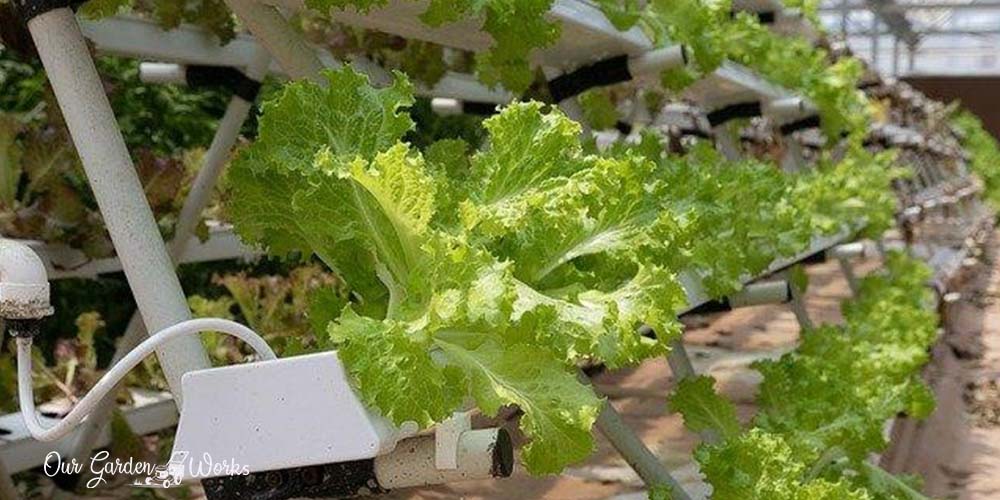
There are several tips and a helpful guide on how to harvest lettuce so it keeps growing. Step 1: Sanitize and prepare your pair of scissors. Step 2: Choose the perfect time for harvest. Step 3: Cut your lettuce. Step 4: Water your lettuce.
Very helpful! Thanks Iris
Very helpful informing